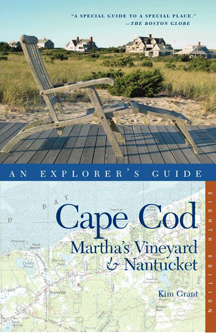
Photo by Kim Grant for Hawaii: An Explorer’s Guide.
I come at this issue from two different sides of two different coins: as a 25-year veteran travel writer and as an Acquisitions Editor for a national print publisher and iPhone travel app company. Every day, in many ways, I massage my brand and am pitched by other writers who have (or have not) polished their image with varying degrees of efficacy.


